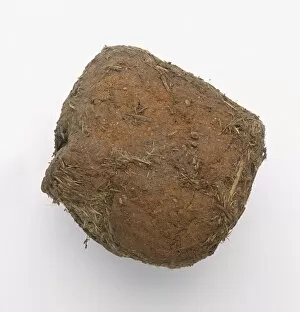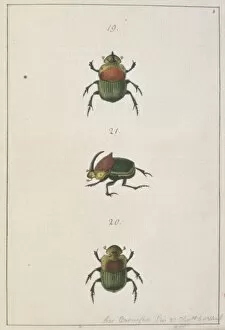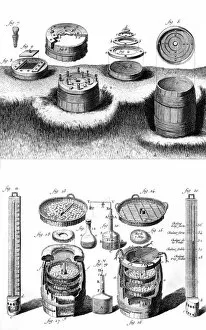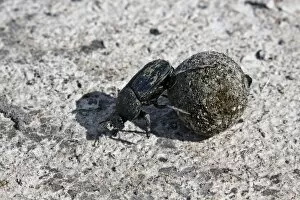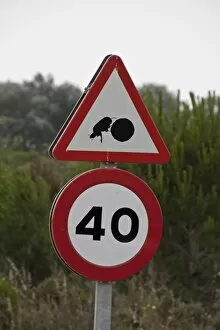Dung Collection (#3)
"Dung: Nature's Unsung Hero" In the vast landscapes of Addo Elephant National Park, South Africa
For sale as Licensed Images
Choose your image, Select your licence and Download the media
"Dung: Nature's Unsung Hero" In the vast landscapes of Addo Elephant National Park, South Africa, two diligent dung beetles can be seen tirelessly rolling a massive ball of dung. These remarkable creatures play a crucial role in maintaining the ecosystem by recycling animal waste and enriching the soil with their efforts. Meanwhile, another determined dung beetle is spotted pushing its prized possession - a perfectly formed ball of dung. This incredible display of strength and determination showcases the beetle's unwavering commitment to finding a suitable location for its offspring. Venturing into ancient times, we stumble upon coprolite - fossilized dung that offers invaluable insights into prehistoric life. These remnants hold secrets from long-extinct creatures like ground sloths, providing scientists with clues about their diets and habitats. Across Serengeti National Park in Tanzania, two adventurous dung beetles conquer great heights as they perch atop their meticulously crafted ball of dung. Their teamwork symbolizes resilience and cooperation amidst challenging environments. Closer to home in Europe, the Dor beetle finds sustenance on cow dung in Bedfordshire UK. This industrious insect reminds us that even seemingly unappealing substances can serve as nourishment for various species within our diverse ecosystems. Delving into mythology takes us to Tibet where tales speak of mice who revere the sacredness due to its vital role in agricultural practices. It serves as a reminder that every culture has unique perspectives on nature's wonders. On an amusing note, someone boldly holds a pile of poop in their hand – perhaps highlighting society's fascination with bizarre curiosities or simply showcasing humor through unconventional means. Nature never ceases to surprise us; even vibrant bird species like yellow wagtails and northern wheatears find sustenance by feeding on insects attracted to fresh piles of animal droppings. These birds demonstrate adaptability while reminding us that life thrives even where we least expect it. Dung may not be the most glamorous topic, but it is undeniably essential.





